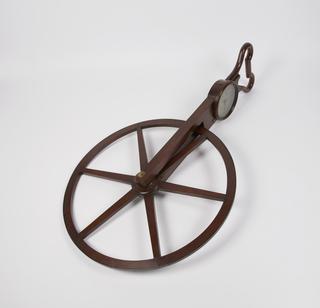
Speedometer which also measures trip and total mileage
1915-1945

1915-1945

1739

1771-1800

1816-1835

1800-1900
1701-1800
1948
1700-1800
1900-1910
1948; 1920-1930
1968
1791-1859
1800-1900
1878